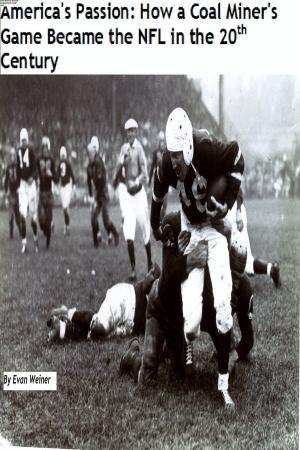| Author: | Gary Sapp | ISBN: | 9781301457953 |
| Publisher: | Gary Sapp | Publication: | January 30, 2013 |
| Imprint: | Smashwords Edition | Language: | English |
| Author: | Gary Sapp |
| ISBN: | 9781301457953 |
| Publisher: | Gary Sapp |
| Publication: | January 30, 2013 |
| Imprint: | Smashwords Edition |
| Language: | English |
The horizon overlooking the landscape of college football brightened considerably with the announcement that a national committee had approved a four team college football playoff beginning in 2014.
At long last, one of America’s most beloved sports and its devoted followers will finally be rewarded with a legitimate champion being crowned on the football field.
Or so we’ve been told.
Questions still remain. How will these four participants in this playoff be chosen? Will smaller schools and leagues once again be shunned in favor of the prestige, power, and influence of the former BCS elites?
Gary Sapp asked himself these exact same questions, and became dismayed with the growing speculation that the NCAA hadn’t done enough to provoke change in the status quo.
And then he got busy crafting his own playoff system.
He would reduce dependency on the polls; retain many of the country’s top rivalries, while preserving the importance of the regular season. And finally, he would deliver what the NCAA failed to: He’d place 16 teams in a tournament to decide a national championship.
The horizon overlooking the landscape of college football brightened considerably with the announcement that a national committee had approved a four team college football playoff beginning in 2014.
At long last, one of America’s most beloved sports and its devoted followers will finally be rewarded with a legitimate champion being crowned on the football field.
Or so we’ve been told.
Questions still remain. How will these four participants in this playoff be chosen? Will smaller schools and leagues once again be shunned in favor of the prestige, power, and influence of the former BCS elites?
Gary Sapp asked himself these exact same questions, and became dismayed with the growing speculation that the NCAA hadn’t done enough to provoke change in the status quo.
And then he got busy crafting his own playoff system.
He would reduce dependency on the polls; retain many of the country’s top rivalries, while preserving the importance of the regular season. And finally, he would deliver what the NCAA failed to: He’d place 16 teams in a tournament to decide a national championship.















